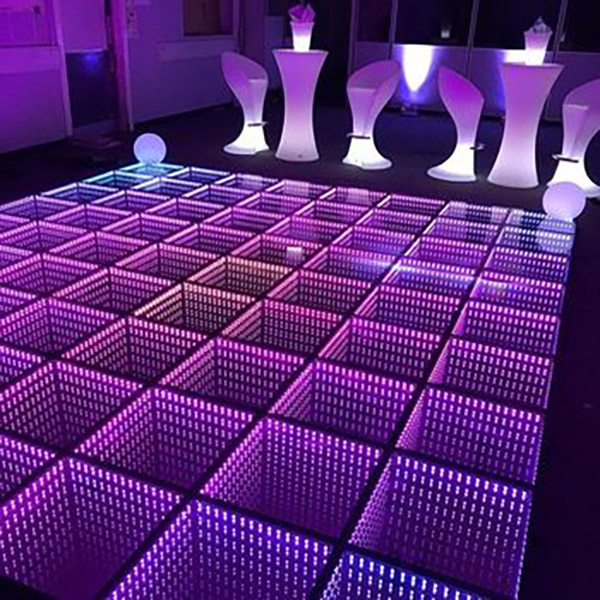One of the primary safety considerations is the physical space of the dance floor. It is important to ensure that the area is sufficiently sized enough to hold the anticipated number of guests. A packed dance floor can lead to accidents, such as falls or collisions. Organizers should also check the flooring material to ensure it is suitable for dancing. Smooth surfaces, such as hardwood or vinyl, are preferred, while rug can pose slipping hazards. Additionally, maintaining the dance space free of hazards, such as chairs or furniture, will help avoid injuries and facilitate for a more pleasant experience.
Lighting plays a significant role in establishing a safe dance floor setting. Proper lighting not only establishes the mood for the occasion but also helps guests navigate the area safely. Dim lighting can make it hard for dancers to see their environment, increasing the chance of accidents. Therefore, organizers should use a mix of ambient and directed lighting to illuminate the dance floor sufficiently. Emergency indicators should also be clearly visible, and planners should make certain that the lighting is modifiable to accommodate different types of tunes and dance styles.
Another crucial aspect of safety on the dance floor is audience management. Event staff should be prepared to monitor the dance area and make sure that guests are behaving appropriately. This includes tackling any instances of overcrowding or unacceptable behavior that could result to conflicts. Additionally, having a specific area for guests to take breaks can help reduce fatigue and avoid accidents. Providing water dispensers nearby can also encourage hydration, which is vital for maintaining energy levels during dancing.

Ultimately, it is crucial to communicate safety guidelines to all participants. Before the event begins, organizers should click this link here now notify guests about the regulations and expectations for the dance floor. This can include reminders to be mindful of their surroundings, respect personal boundaries, and avoid excessive alcohol consumption. Providing clear guidelines can help create a culture of safety and accountability among guests. By cultivating an environment where all is conscious of safety practices, event planners can ensure that the dance floor remains a fun and safe space for all participants.